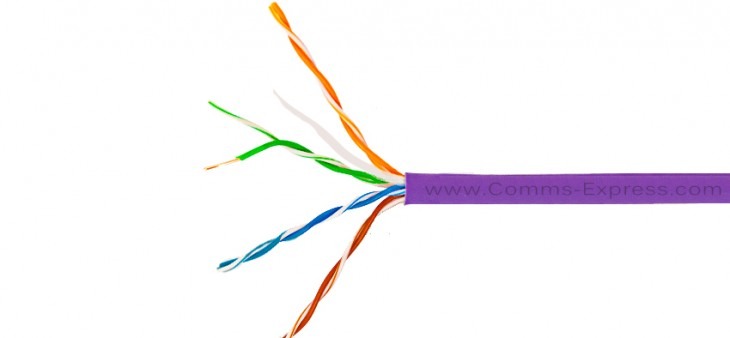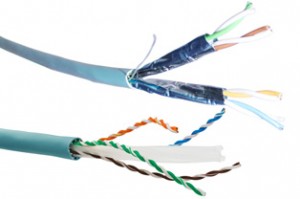
In networking, cable interference can refer to signal disruptions or degradations caused by electrical or electromagnetic sources. Crosstalk is a type of interference where signals bleed into one another as they move along individual wires inside a cable, such as the adjacent wires within twisted-pair cabling. The interference between one unshielded twisted pair and another can degrade data and signal transmissions. Unshielded Twisted Pair (UTP) cables are more prone to the signals from their lines interfering with each other. Compared to UTP, Shielded Twisted Pair (STP) cable provides additional safeguards against interference. With greater cable interference protection, higher transmission rates over longer distances can be supported.

Cat5e Interference Specifications
In contrast to Category 5 cables, enhanced Category 5 cable features improved crosstalk specifications. However, Cat5e interference specifications are not as stringent as those for Cat 6 and 6a cable. The latter cables work well in environments where external interference may be an issue. The term alien crosstalk refers to the type of cabling interference where one cable affects other nearby cables within a bundle. Closely routed cables can create alien crosstalk in Cat5e or other cable categories. Disruptions also occur due to the introduction of Electromagnetic Interference (EMI) into a cable from an external source, such as a device. Both EMI and crosstalk can be factors in attenuation or signal loss in network cabling.
Cat6 and Cat6a Crosstalk Reductions
Beneficial Cat6 and 6a crosstalk reduction is due to tight twisting and added insulation, with Cat6a reducing crosstalk even more than its predecessor. The Cat6 cable standard resists crosstalk to a higher degree than Category 5e cable. Reduced alien crosstalk interference on a 10GBASE-T network contributes to enhanced performance.
